Missile crisis, when principles overcame dangers
especiales
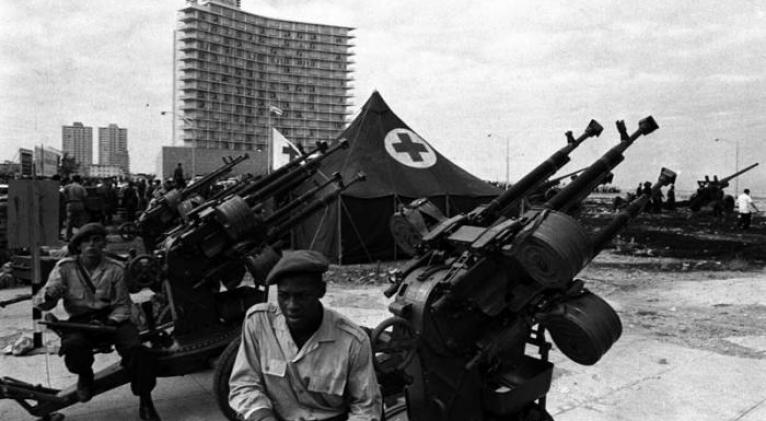
The 1962 Missile Crisis brought humanity to the edge of nuclear war in a conflict between Cuba and two superpowers: The United States and the Union of Soviet Socialist Republics (USSR).
One of the most experienced researchers of the so-called Missile Crisis, Doctor of Science Tomas Diez Acosta, Lieutenant Colonel ® of the Revolutionary Armed Forces, in his voluminous book Dangers and Principles, in its second edition of 2012, writes about that topic.
In October and November 1962, Cubans firmly confronted the overbearing policy of the United States and, based on reason and law, the disagreement that arose with the USSR.
The differences in that sense arose due to the inconsistencies of Nikita Khrushchev, USSR PM, who conceived Operation Anadir, the coded name given to the Internationalist Military Mission of the Soviet Troops in Cuba, to transfer nuclear weapons to the island and try to prevent the US intentions to take the nation by assault.
Shortly after the rebel triumph in 1959, an unprecedented wave of economic measures, sabotage and subversion took place, which caused more than 3,000 deaths, including the mercenary invasion of Bay of Pigs in April 1961, which was defeated in less than 72 hours and which encouraged the US rulers to retaliate with a direct military intervention by their landing forces.
In their undeniable pretensions of neocolonial domination, the growing aggressiveness of the administrations of Dwight Eisenhower and John F. Kennedy, whose followers have extended it in time to the present, reacted in their attributed role of world empire, based on the Monroe Doctrine, which they are trying to reactivate and impose the philosophy of "America for the Americans".
So on October 16, 1962, the US President was informed that the Soviet Union was secretly sending nuclear missiles to Cuba, and the White House began to organize the Unified Atlantic Command, the main command body for the direction of land, air and naval forces for the purpose of invading Cuba.
Some of his advisors, including military personnel, pressed Kennedy to launch an immediate invasion of the island, but the president opted for a naval blockade so that no more shipments could arrive, which was announced on the night of October 22.
Part of the Unified Atlantic Command was participating in military exercises in the Caribbean area during the second half of October and was contemplating an amphibious landing on the island of Vieques, in Puerto Rico, under the pretext of overthrowing an imaginary tyrant named Ortsac; that is, Castro in reverse.
The deployment of these forces in regions close to Cuba made it easier for the United States to carry out, without attracting much attention, a large movement of troops and means since October 16.
At its Guantanamo Naval Base alone, in illegally occupied Cuban territory, the total number of Marines was equivalent to a reinforced regiment, from 8,000 to 16,000 men, in addition to mobile construction battalions carrying out engineering work.
As if that were not enough, they also had planes and helicopters on alert, as well as ships, destroyers and submarines in coordination with units in Puerto Rico, to set up the naval blockade and carry out the air attack or invasion.
On October 22, 1962, Kennedy announced his decision to apply the quarantine measures to Cuba, with which the crisis that was brewing exploded, although for the highest Cuban political and military leadership there was no surprise whatsoever, since it had been clear since mid-August that a serious conflict was brewing.
The Revolutionary Government paid special attention to the reinforcement of the country's defense and since October 10, 1962, the General Staff of the Revolutionary Armed Forces (FAR) distributed Operational Directive Number 1.
The indication specified that the deployment of the FAR would be in accordance with two variants: the first, to the Caribbean signal, in case of a surprise attack; and the second, with the Taino code, when there was time for the mobilization and organized extension of the troops.
When Kennedy informed on Monday, October 22, 1962 about military movements, Comandante Fidel Castro appreciated that this was related to Cuba and the Soviet rockets.
Given these circumstances, he ordered to put the FAR on Alert at 3:50 p.m., and at 5:35 p.m., he decreed a Combat Alarm for the entire nation.
His instructions were clear and precise: to adopt urgent measures to protect the population, troops and main military, economic and political objectives from possible enemy air attacks.
Also, to warn that in the event of direct military intervention by the United States, to fight the invader without truce and to create conditions in the mountainous regions of the country to develop the guerrilla struggle, if the enemy managed to occupy some of its regions.
In a gigantic and unprecedented mobilization of military and civilian forces of the country, from October 22 to 28, 1962, the combatants lived in the trenches, on a war footing, with full confidence in Fidel Castro and in the leadership of the Revolution.
The leader of Cuba, in a radio and television appearance, opposed the US pretension of inspecting the country to determine the armament that Cuba could have or not, because "we will never renounce the sovereign prerogative that within our borders we are the ones who decide, the ones who inspect and nobody else", he assured.
That same day, the US naval blockade of the periphery of the Cuban archipelago was put into effect and the incursions of its aviation increased, especially the low flights, and immediately Fidel summoned General Issá Pliev, chief of the Soviet troops in Cuba, to inform him of the decision to fire against the intruding aviators.
Such a disposition had practical effect on October 27, when a U-2 plane fell down in the municipality of Banes, present-day Holguín province, and its pilot, Major Rudolf Anderson, perished, in an event that Marshal Rodión Y. Malinovsky, Minister of Defense of the USSR, considered it hasty because the crisis had entered a phase of aggravation and understanding.
The USSR opted to withdraw its troops, although without counting on Cuba, and in that situation Commander in Chief Fidel Castro put forward five points that would resolve it and that would constitute a demonstration of the courage of the Cuban people to defend their independence in the face of a US invasion, even at the risk of their own lives.
He warned that the guarantees Kennedy was talking about would not exist if, in addition to the elimination of the naval blockade he promised, the economic blockade and all the measures of commercial and economic pressure exerted by the United States in all parts of the world against Cuba did not cease.
It demanded the cessation of all subversive activities, the launching and landing of arms and explosives by air and sea, the organization of mercenary invasions, the infiltration of spies and sabotage, pirate attacks and violations of air and naval space by U.S. planes and warships.
It also demanded the withdrawal of the Guantanamo Naval Base and the return of the Cuban territory occupied by the United States.
The Crisis of Missiles was an epic written six decades ago against the unreasonableness of the U.S. rulers, which has been intensified to the maximum in the present times.



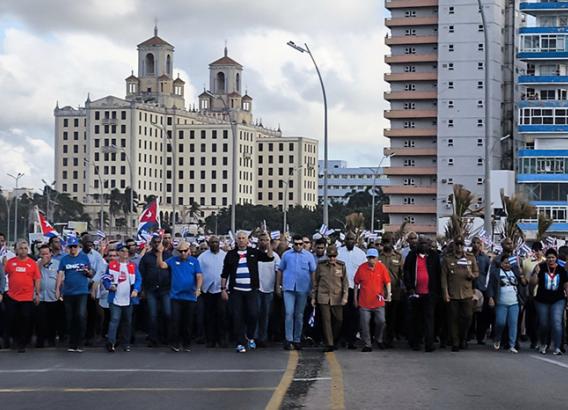
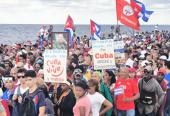

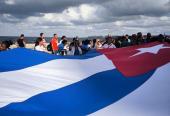
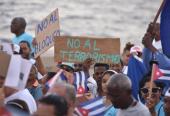
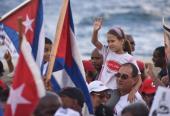


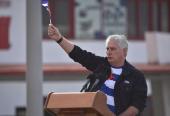
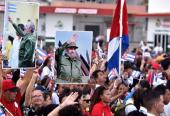

Add new comment